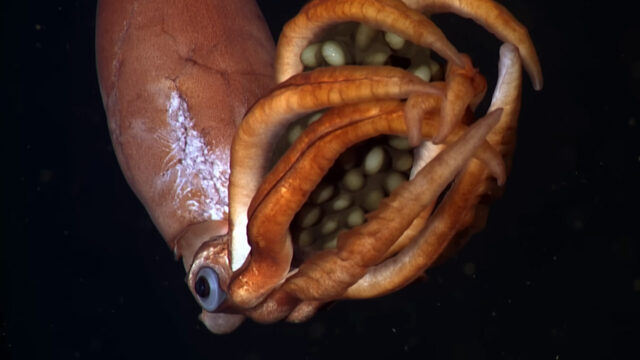Autism spectrum disorder (ASD) can require lifelong supportive care for individuals who have significant difficulties with social, language, and cognitive skills. A new study provides critical insight into the biological underpinnings of autism using mini-brains grown in the laboratory. These findings will help us better understand and manage the various subtypes of autism.
Biological basis of autism revealed by mini-brain experiments
Neuroscientist Eric Courchesne from the University of California, San Diego, and an international team of scientists investigated the biological origins of autism using induced pluripotent stem cells (iPSCs).

These cells can be transformed into any cell type by obtaining blood samples from 10 babies with autism and 6 control groups without autism. Researchers transformed iPSCs into simplified 3D brain models called brain cortical organoids (BCOs).
The key finding of the study was that mini-brains using iPSCs from children with autism grew approximately 40% larger compared to neurotypical controls. Additionally, the larger size and faster growth of BCOs have been associated with more severe forms of autism, offering important clues about how autism develops in the very early stages of brain formation:
“The larger the embryonic BCO size, the more severe the child’s later autism social symptoms. Children with profound autism had the greatest BCO growth during embryonic development. Those with mild autism social symptoms showed only slight growth.”
The researchers found that growth in BCOs was also consistent with growth in social brain regions of children with more severe autism. These children showed less reactivity to social stimuli. Additionally, children with profound autism were found to have enlarged primary auditory and somatosensory cortices. This finding may help explain sensory and social attention problems.
With many complex factors contributing to autism, it has been suggested that a condition such as hyperstimulation may play a role in brain growth even at the embryonic stage. This new research brings us closer to understanding how autism begins. “During the embryogenic process, the biological basis of profound autism and mild autism subtypes are already present and measurable,” the researchers said, noting that future larger-sample BCO studies will also reveal other subtypes.

